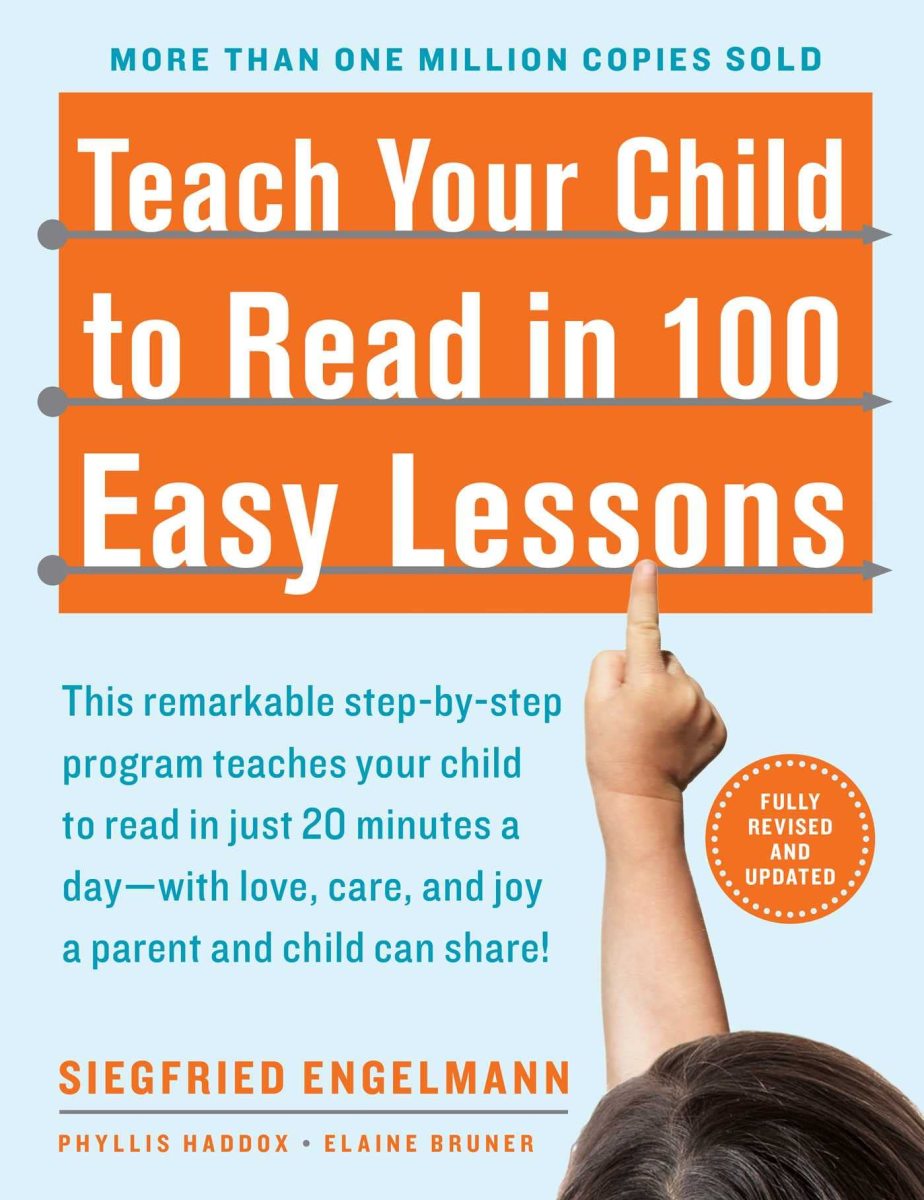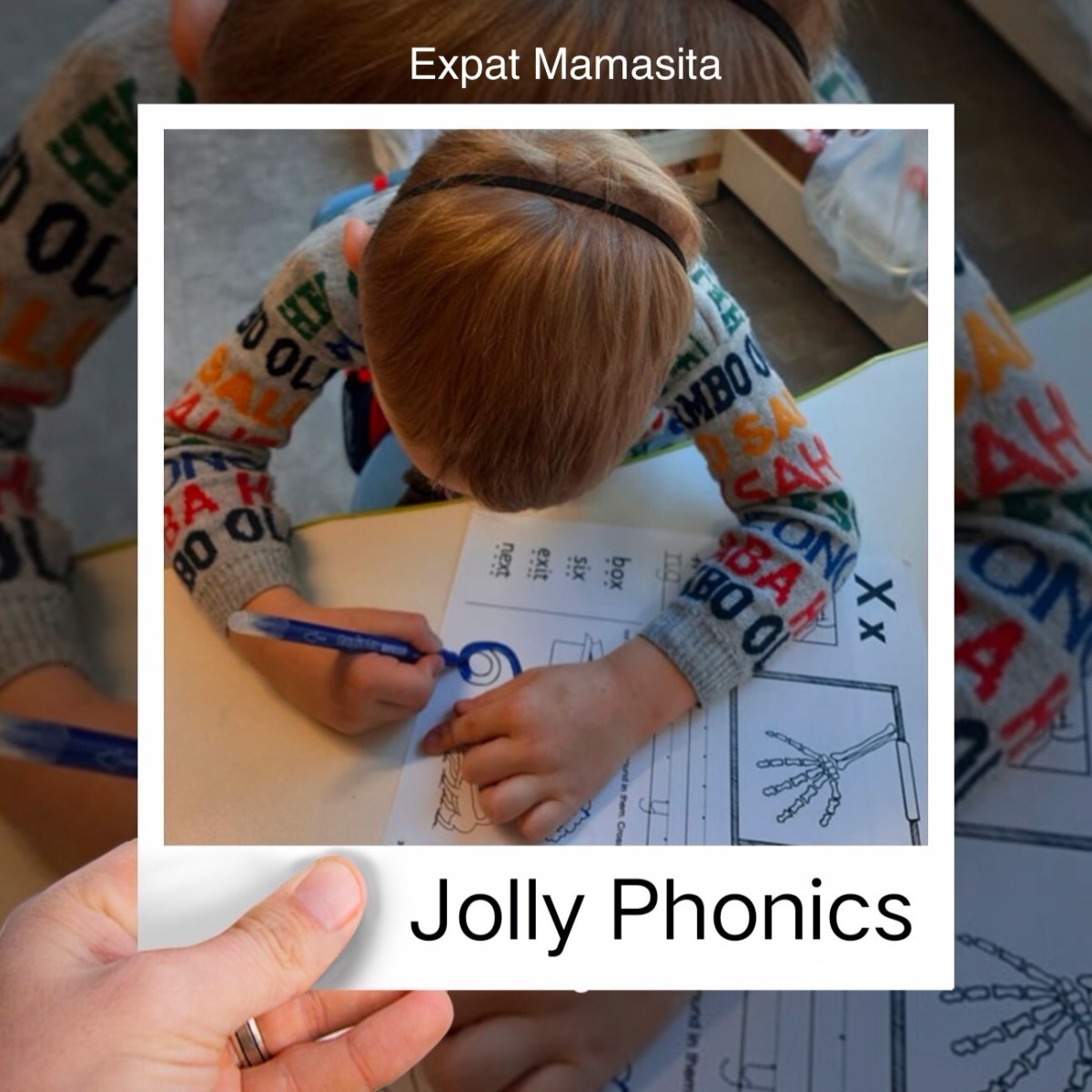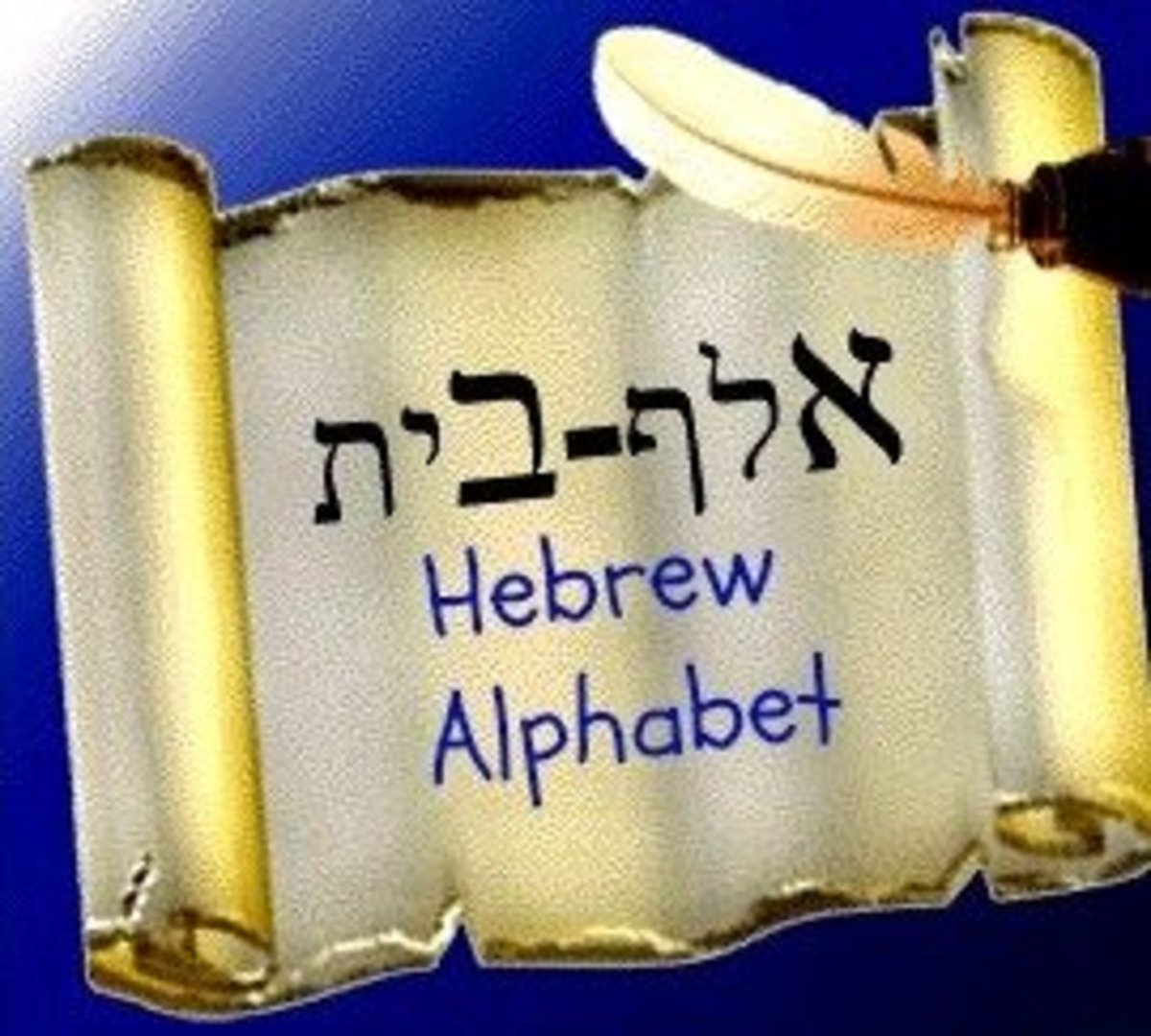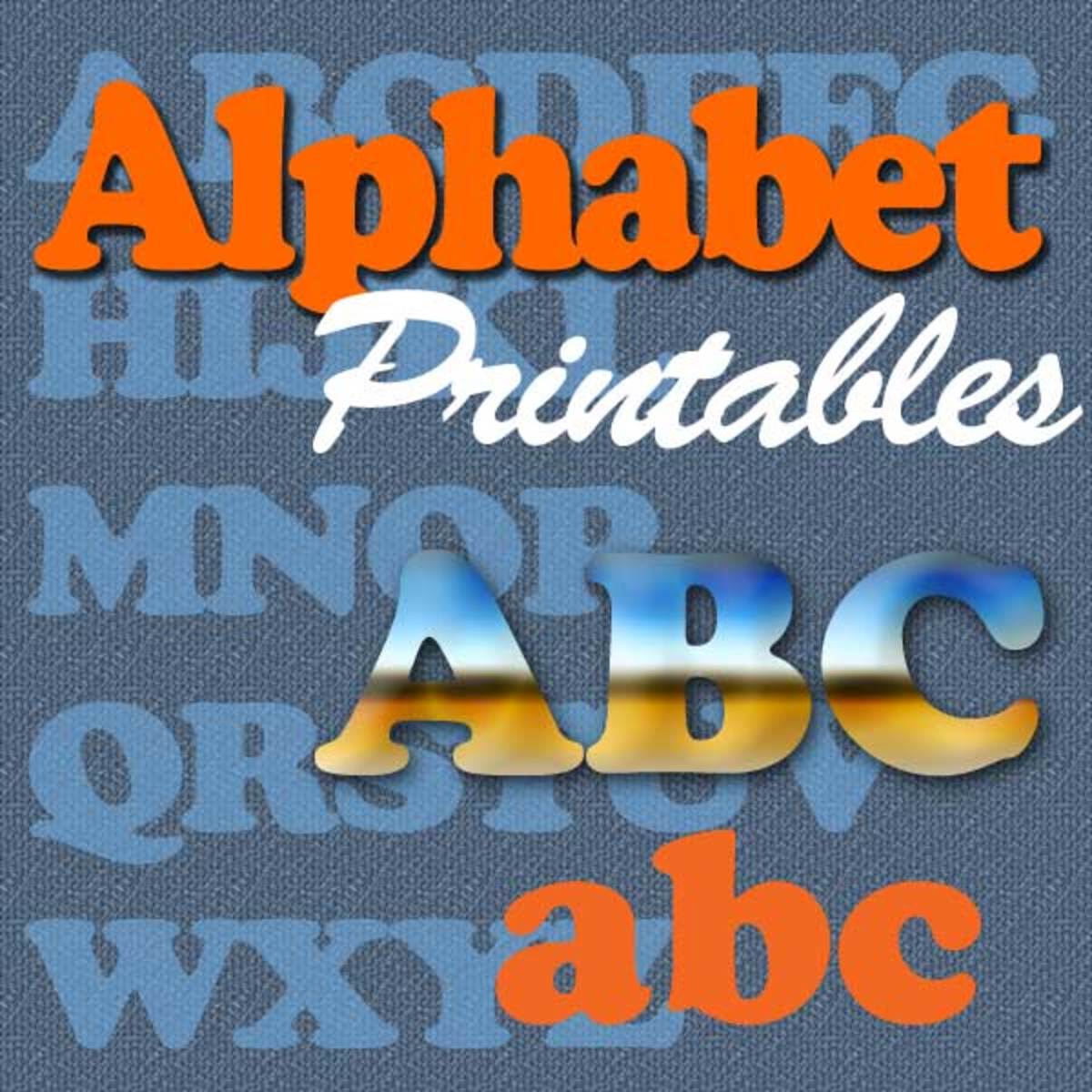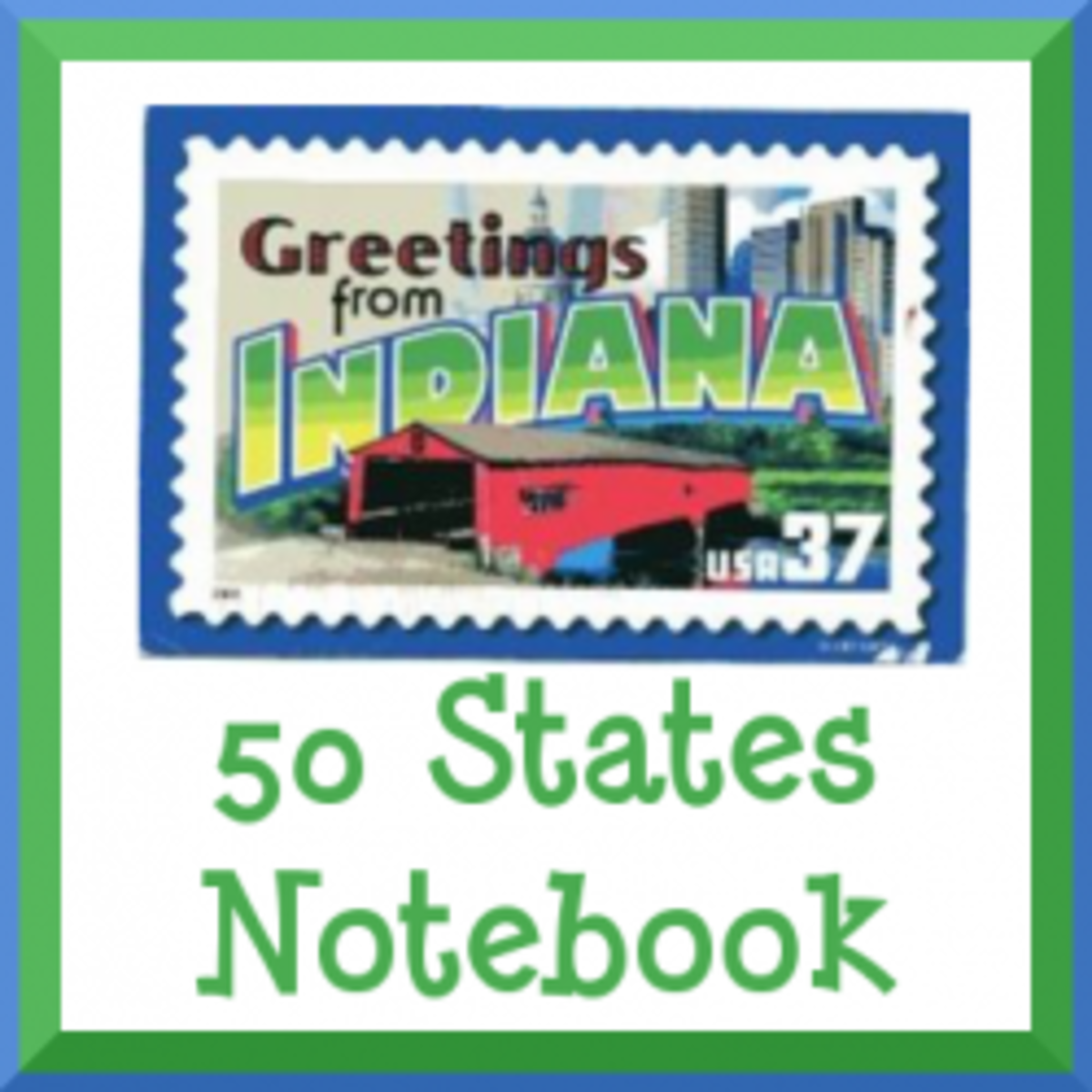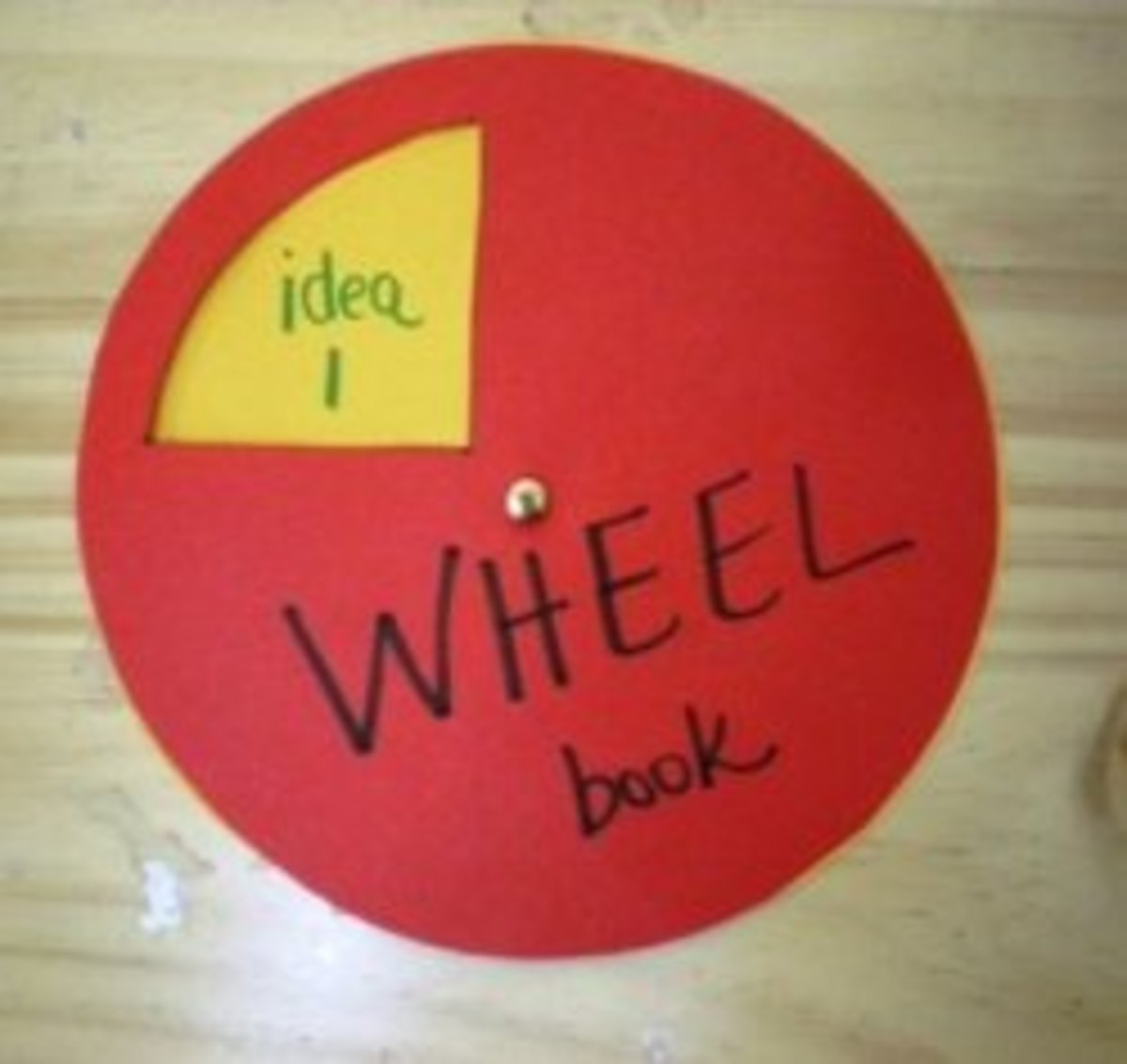Phonics: An Easy Way to Teach Your Child to Read
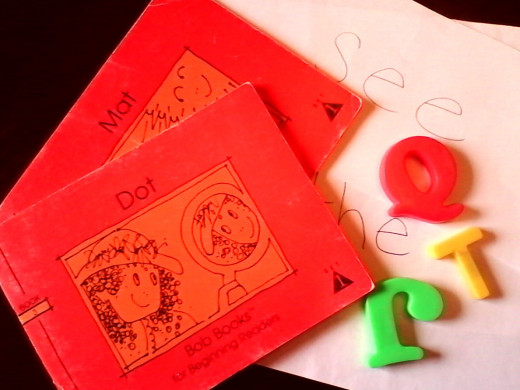
Why Bother to Teach Outside of School?
Whether you are a busy stay at home parent, or a busy working parent, the bottom line is, you are busy. How do you find the time or the energy to tackle one of the most important life lessons in your child's life, teaching them how to read? I thought the same thing when my daughter was 3. I am a stay at home mom of a 4 year old and a 2 year old. Between caring for the children, keeping up with the house, doing some part time work on occasion, and cooking every meal due to my son's severe food allergies, I knew I was being ambitious. Perhaps it was knowing my mother had taught four of her children to read, or that I am hardheaded and had to follow through with the idea once I came up with it, I just had to do it. I wanted my daughter to have a jump start in life. I wanted her to be somewhat more advanced than her peers when she started Kindergarten, not so that she would be better than them, but so that everything would come naturally to her. Like most parents, I wanted to make her life easier and more fullfilling, I wanted her basics to be in place so that she could be ready to absorb the world and understand it. All it takes is 10-15 minutes a day, 3-5 days a week to give your child an advantage. And it's easy. If I can do it, I know you can do it too.
Where to Begin?
It may sound obvious, but start with the alphabet. If your child can sing the alphabet, they are already on their way to learning to read. If they do not yet know their alphabet, sing it with them. As much as you can stand it. Even if you sing it to yourself, they will hear it and pick up on it.
Once they can say their letters, letter recognition comes next. This part may take a while to learn, but it can easily be a fun part of your child's day. You can start by drawing a picture of one letter and telling them what that letter is. To make it fun, draw hands and feet on your letter, making it a letter person. Or when you read a story to your child, point out every occurrence of the letter you see and let them try to find one. Alphabet recognition does not have to be taught in A-Z order, either. The first letter my daughter recognized by sight was the letter O, probably because I related it to a cheerio. I used capital letters when teaching letter recognition and moved on to lowercase once the capitals were mastered.
Different children will learn better from different styles of teaching. For example, my daughter was fine to sit and learn while I explained things, but my son is more hands on and gets bored easily. In the case of easily bored children, a little more creativity may be needed. Draw in the sandbox or write the letter in chalk on the sidewalk or even with the water hose. Use food. If your kid is anything like mine are, they want to eat, ALL the time! Use cheerios, raisins, mini marshmallows, etc., to form your letter on a plate. Or use other objects. Toy trucks, popsicle sticks, pompoms, or solo cups placed in letter shape on the floor will work too. Whatever makes it interesting.
The key to making it work is to stay consistent. 3-5 days a week go over the letter in whatever way keeps your child's attention. To see if your child is picking up on it, make the letter shape and ask them what it is before telling them what it is. If they know it, add another letter to the mix. Use this method to gradually expand to the entire alphabet.
Letter Sounds
After your child can identify and say every letter of the alphabet, letter sounds come next. You can tackle this the same way you did with letter recognition. For example, if you decide the first letter sound you want your child to learn is the letter "B", write the letter "B" and say "The letter B says 'b'". Gradually add more letters until you have covered the entire alphabet. When teaching vowels, teach either long or short vowels sounds across the board before moving on to both vowel sounds, as both sounds at once can be confusing. I started with short vowel sounds (apple, elephant, igloo, owl, umbrella).
Below is a list of letters and their corresponding phonetic letter sound:
Vowels:
- Long a (ā) sound as in ape, aphid, atrium
- Long e (ē) sound as in eat, eagle, needle
- Long i (ī) sound as in item, ice cream
- Long o (ō) sound as in open, oatmeal, okra
- Long u (ū) sound as in you, ukulele
- Short a (ă) sound as in apple, ant, alligator
- Short e (ĕ) sound as in elephant, jelly, elbow
- Short i (ĭ) sound as in inchworm, igloo
- Short o (ŏ) sound as in opera, octopus
- Short u (ŭ) sound as in umpire, umbrella
Consonants:
- /b/ sound as in bonfire, black, bathtub, balcony
- /c/ sound as in cat, cow, can
- /d/ sound as in dog, dragon, duck
- /f/ sound as in flower, fish, fan
- /g/ sound as in grass, goose, garnish
- /h/ sound as in horse, hay, hanger
- /j/ sound as in jam, jelly, jackrabbit
- /k/ sound as in key, kangaroo
- /l/ sound as in lemon, lime, llama
- /m/ sound as in monkey, mad, mother
- /n/ sound as in noodle, nightlight
- /p/ sound as in person, polar bear, pie
- /q/ sound as in queen, quick, quack
- /r/ sound as in rice, rose, raisin
- /s/ sound as in snake, sun, sauna
- /t/ sound as in toad, tadpole, tree
- /v/ sound as in volcano, vitamin, vulture
- /w/ sound as in water, wagon, window
- /x/ sound as in extra, x-ray, xylophone
- /y/ sound as in yellow, yarn, yak
- /z/ sound as in zoo, zebra, zap
Once your child can associate every letter sound with the proper letter, you can advance to beginning word sounds. For example, you can pick up a book and say, "This is a b, b, Book. The letter B says 'b'". Then ask your child what the letter 'B' says or what the word 'book' starts with and let them say it. If they don't know, just tell them. Repetition will ensure that they will get it. It may take a while to learn, but if your child is consistently spending time every week going over their letter sounds, they will learn it. Note: There can be confusion over c, s, g, j, and y sounds, among others, but the basic sounds listed above are what you are aiming for right now. Learning will be easier if your child is not overwhelmed with grammer rules.
Beginning to Read
Once your child has mastered saying, identifying, and sounding out all of the letters of the alphabet, they are ready to begin reading. Flashcards and wooden, plastic, or magnetic letters are easy and cheap tools you can use. Once again, use the same method as when you introduced alphabet recognition and letter sounds, one at a time. For example, if the first word you want your child to learn is their name, make a flashcard (or just cut a piece of printer paper in half like I did) with their name on it and go over each letter sound and how the sounds blend together to form a word. Once they recognize the word, introduce another word. Once your child is comfortable with word recognition, the letters can be used to help your child with spelling. See if they can spell a recognized word on their own using the letters. If not, walk them through it, sounding out each letter of the word as you build it. Make sure the words you use are simple and easy to sound out phonetically. Small words such as mom, cat, a, dog, big, fan, man, pan, has, had, of, on, and in are some examples. If you are a flashcard fan, spread a bunch of them on the floor and assist your child in building mini stories from them. For example, if your child can recognize the words cat, is, I, has, he, a, the, and little, assist them in building "he has a cat", and "the cat is little" out of flashcards. You can try putting the words in an order that makes no sense, such as "he little cat" and ask your child to find words to add that would make the story make sense.
You can always buy outside sources to aid you or you can continue to do things yourself on the cheap. Outside sources that were handy for me included Bob Books, "Teach Your Child to Read in 100 Easy Lessons" by Siegfried Engelmann, and the first Hooked on Phonics Kit, all of which I borrowed from the library for free. If your child has already learned their letter sounds, Engelmann's book will initially cover things they already know. However, it quickly advances. My daughter got to lesson 30 or 40 and I had to stop to let her catch up on the material by using supplemental flashcards I created. What worked best for my child was using the book until she began to get frustrated. Then I created flashcards which contained words being introduced in the book. Once she had mastered the flashcard words, she became confident in her abilities and was able to advance to recognizing and reading those words in the book. Even flashcards can become a frustration at times. This is when I have to take a time out and let her delve into more "comfortable" material for her, slowing down the addition of new material in with the old.
My Child Can Read, What's Next?
Now that your child is reading basic words, they can be introduced to blends. Th, ch, sh, ph, ck, and tch are some beginning blends. First introduce the blends by themselves, one at a time. For example, after your child knows what th looks and sounds like, introduce them to the word 'the'. Vowel blends such as ee, ai, and ou can also be introduced at this point using the same method. Once your child is familiar with blends, new words and reading possibilities are endless.
The library is a good free resource for constant new reading material. It contains a large selection of beginner books that will help introduce your child to new words and booster their confidence. Make sure to choose books that have plenty of words your child is familiar with. When they read a story from start to finish all on their own, the smile on their face will be your biggest reward.
Problems You May Run Into
Learning to read is a combination of using phonetic sounds and sight words to pronounce a word properly. For example, if your child recognizes the short a sound when saying "hat", but has never been introduced to the long a sound in the word "hate", they may pronounce both words as "hat" when trying to sound them out. You can attempt to explain that the e on the end of hat makes the a long instead of short, but chances are, your child may not be ready to grasp this. As adults we know from memory and repetition that these two words sound different because they look different. We do not consciencely think out the grammatical rule behind what we are reading and saying. Unless your child demands why, there is no need to explain at this point. Repetition of the word will make the rule an unconscious habit to them.
If your child (or you) become too frustrated, give it a break. Regress a little if things are getting too intense. If a tantrum results every time you reach for a flashcard, let them color a picture of a letter they are learning. If that doesn't work, try something else. Try different methods until you find one that works. One child may be content with doing a lesson of Engelmann's book every day, while another can only handle three flashcards and a color page every four days. Every child is different. Do what works for you. The important thing is that they are learning. Over time you will see their progress and be thankful, excited, and maybe even a little triumphant, at your perseverance and their visible growth.




